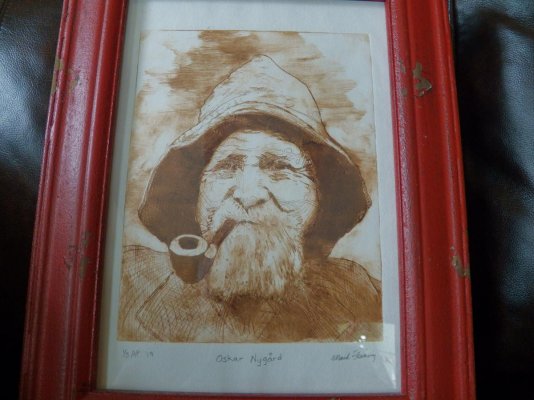Aqualund1981
Member
- Joined
- Oct 28, 2018
- Messages
- 23
- Location
- Essex, CT
- Vessel Name
- Aqualund
- Vessel Make
- 42 Grand Banks Classic
Hey everyone. Spring is coming. Just wrote my list of maintenance items needed.
Long list.
1980 Grand Banks
Need to replace the old windscreen on flybridge.
It is clear plastic fastened with screws to the tradition wood brackets.
What is the best material?
Lexan. Polycarbonate ?.
Long list.
1980 Grand Banks
Need to replace the old windscreen on flybridge.
It is clear plastic fastened with screws to the tradition wood brackets.
What is the best material?
Lexan. Polycarbonate ?.











